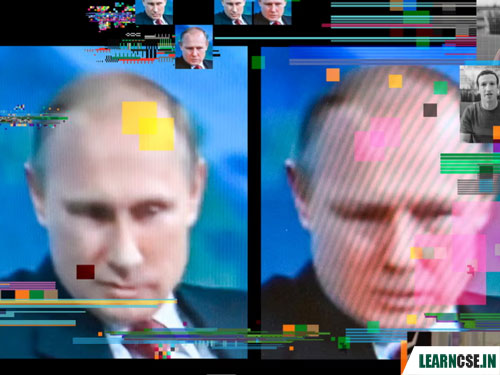
Identifying fake AI images or videos, often referred to as deepfakes, can be challenging as the technology used to create them continues to advance. However, there are several methods and techniques that can help in detecting fake media:
- Visual Inspection:
- Pay close attention to inconsistencies in the video or image, such as unnatural facial expressions, blurriness, or artifacts around the edges of objects or people.
- Look for any irregularities in lighting and shadows that don’t match the environment or the objects in the scene.
- Audio Analysis (for videos):
- Analyze the audio to see if it is out of sync with the video or if the lip-syncing is unnatural.
- Listen for any anomalies in the speaker’s voice, such as odd intonations or unusual background noise.
- Metadata Examination:
- Check the metadata associated with the file, including the creation date, software used, and any modifications made to the file. Sometimes, this information can reveal inconsistencies.
- Reverse Image and Video Search:
- Use reverse image and video search engines to see if the same content appears elsewhere on the internet. If the content is widely distributed, it may be authentic.
- Forensic Analysis:
- Forensic experts can use specialized software to examine the authenticity of media files. This includes examining the file structure and analyzing digital signatures for signs of manipulation.
- Deepfake Detection Tools:
- There are various software and online tools designed to detect deepfakes. These tools use AI algorithms to analyze the media and identify inconsistencies or artifacts associated with deepfake creation.
- Source Verification:
- Verify the source of the content. If it comes from a reputable and trustworthy source, it’s more likely to be authentic.
- Contextual Analysis:
- Consider the context of the content. Does it fit with what you know about the person or event being depicted? Deepfakes are often used to create misleading narratives.
- Expert Consultation:
- When in doubt, consult experts in digital forensics, video analysis, or AI technology. They may have more advanced tools and techniques for identifying fake media.
- Educate Yourself:
- Stay informed about the latest developments in deepfake technology and detection methods. Awareness of the potential for fake media can help you be more vigilant.
It’s important to note that the detection of deepfakes is an ongoing challenge as the technology evolves. While these methods can be effective, there is no foolproof way to identify all deepfakes, so a combination of approaches is often recommended for a more accurate assessment. Additionally, the development of deepfake technology and detection methods continues to advance, so staying updated on the latest techniques is crucial.

